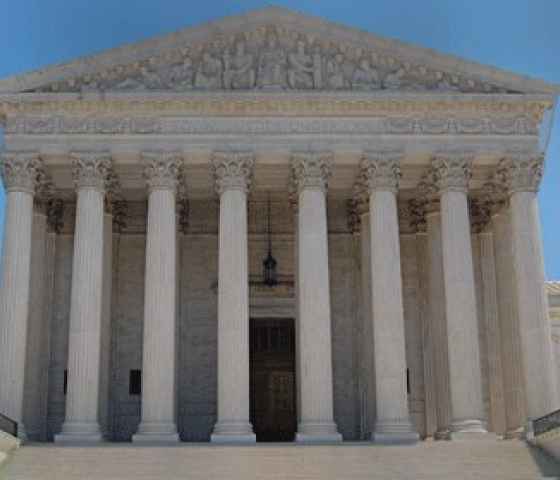ALBUQUERQUE, NM – Albuquerque Public Schools (APS) must adhere to state anti-discrimination laws, ruled the New Mexico Court of Appeals last week. The ruling comes after a Cibola High School teacher, in front of the entire class, cut one Native American student’s braid without consent and called another student, McKenzie Johnson, a “bloody Indian” on Halloween of 2018. The American Civil Liberties Union (ACLU) of New Mexico, along with the New Mexico Center on Law and Poverty and Parnall & Adams Law, are representing Johnson in the case.
“When I heard about the ruling, I was so overcome with emotion, I had to hold back tears,” said Johnson. “It’s a huge breakthrough for Indigenous students and for all students, especially brown students. Teachers have a responsibility to make their classrooms a safe and welcoming space for everyone in there. We are surrounded by Native communities. School staff at all levels need to understand our culture and our history so that what happened in my classroom never happens again.”
The appeals court overrules a district court April 2021 decision and finds that public schools are subject to the anti-discrimination protections in the New Mexico Human Rights Act.
“The court ruling establishes a clear precedent that our state’s anti-discrimination protections extend to students in public schools,” said ACLU of New Mexico Deputy Director Leon Howard. “New Mexico's 23 Native American tribes make up a vibrant part of our state’s culture, economy, and collective spirit. The court validates that that Native American – and all students – must feel safe at school and confident that their culture, history, and personal dignity are valued and respected by the public schools they attend and that schools will be held accountable when they are not.”
On October 31, 2018, Johnson’s advance placement English teacher, Mary Jane Eastin, dressed up as a “voodoo witch” for Halloween. During her advanced placement English class, she initiated a game in which she asked students questions and rewarded those who answered correctly with marshmallows and gave dog food to those students who answered incorrectly.
During the class, she approached a Native American student and asked her if she liked her braids. After the student replied affirmatively, she cut three inches from her hair with a pair of scissors. Soon after, Eastin asked Johnson if she was dressed as a “bloody Indian.”
“I was just in shock,” said Johnson. “You could hear the whole class gasp, and they all looked at me waiting for my reaction.”
Eastin, registering the students’ shock, asked “What? She’s bloody and she’s an…,” stopping short of finishing her sentence, allowing her racist comments to linger.
Following public protests about the incident at school board meetings, APS announced that it had severed its relationship with Eastin but allowed her to remain on the school’s payroll to exhaust her paid leave before retiring.
“The physical, verbal, and emotional abuse that Native American students at Albuquerque public schools have endured is a perpetuation of historical harms dating back to the late 19th Century when Native American students were subject to pervasive violence at government boarding schools,” said ACLU-NM Senior Indigenous Justice Staff Attorney Preston Sanchez. “This week the court made clear that APS and – all public schools in New Mexico– have an obligation to ensure the school system does not continue to replicate our country’s racist past.”
In addition to its claims that public schools are places of “public accommodation” and, thus, subject to the Human Rights Act’s anti-discrimination laws, Johnson’s lawsuit against APS charged that Eastin created a hostile learning environment and discriminated against Native American students. The complaint further alleged that APS failed to properly train teachers on the harms of racism and to provide for its students’ safety.
Johnson said, “As Native people, we respect our elders, but with that is the expectation that they respect us too.”
The lawsuit has been remanded to the district court so it can be heard on the merits of the case.
Links to the complaint and the Appeals Court opinion are available below.




